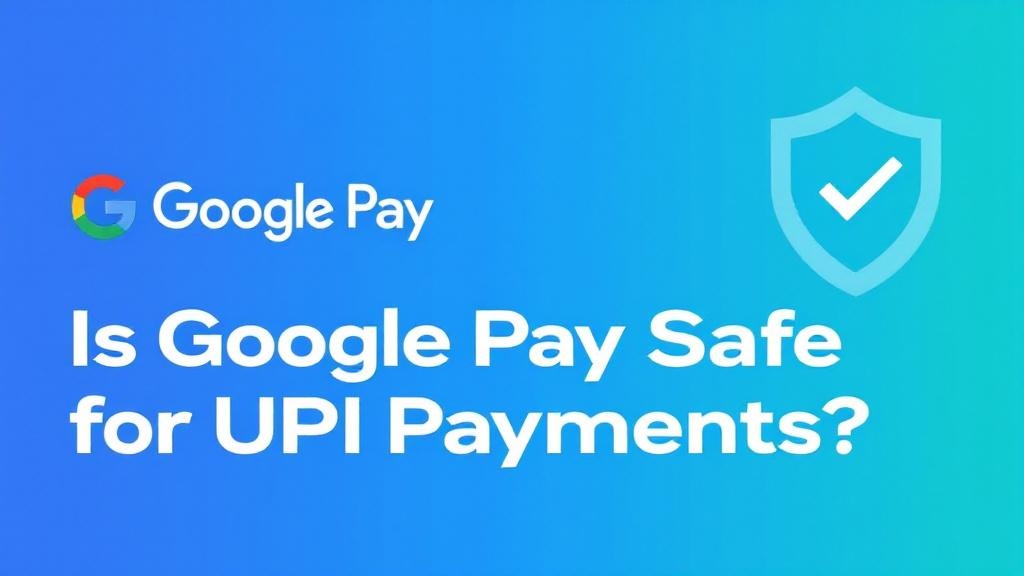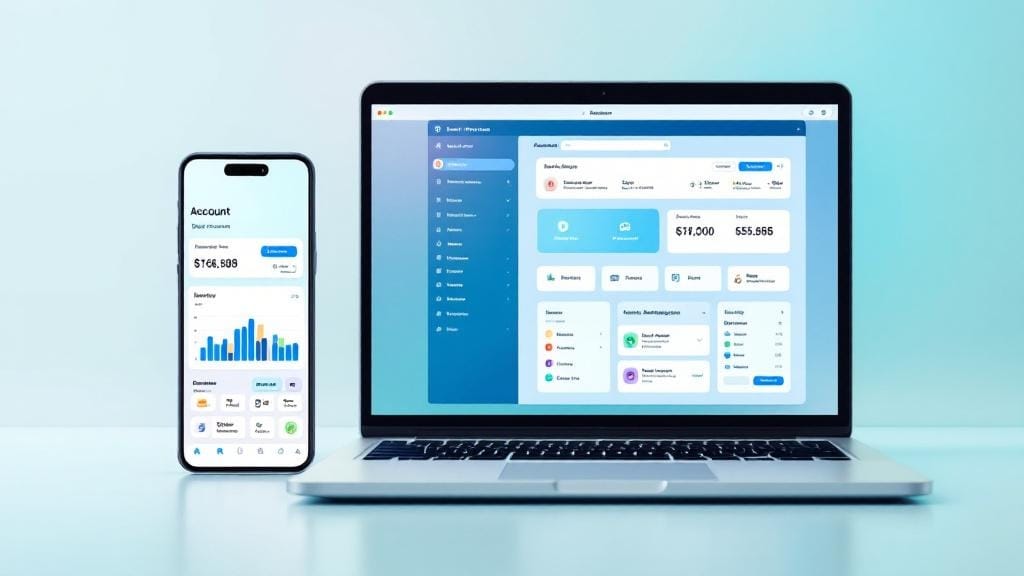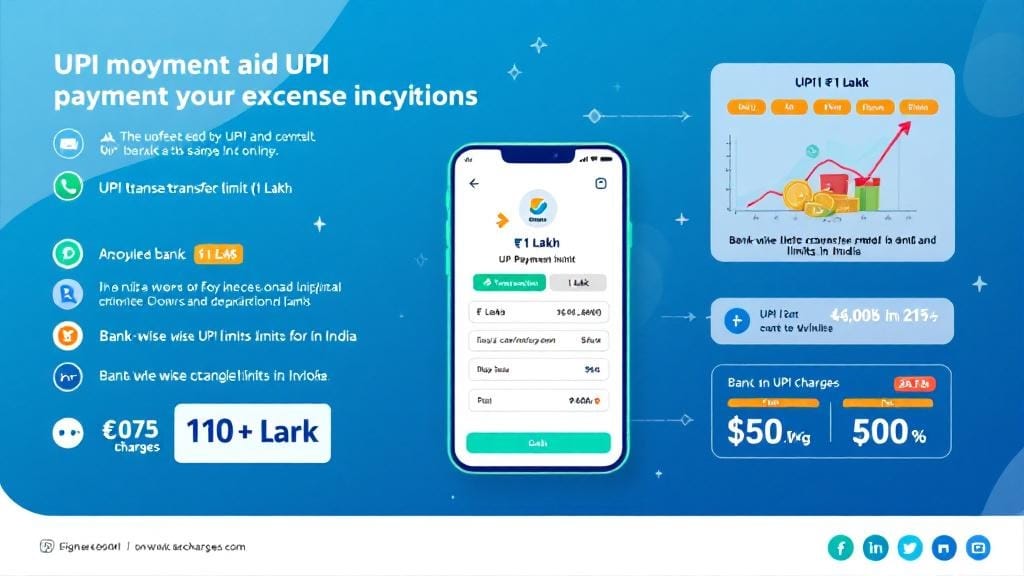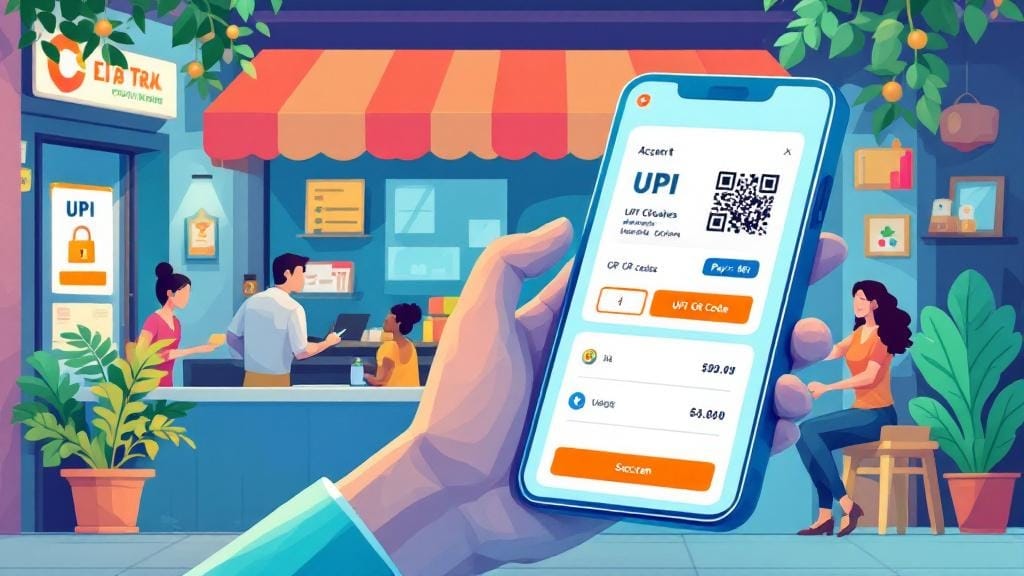Google Pay has become a leading mobile payment solution, with millions of users worldwide relying on it for making payments, transferring money, and even paying bills. As digital wallets become more popular, the question that frequently arises is, “Is Google Pay safe for UPI payments?” Whether you’re making purchases online, splitting bills with friends, or paying for services, understanding the security features of Google Pay is crucial.
In this guide, we’ll explore everything you need to know about the safety of Google Pay, focusing specifically on UPI (Unified Payments Interface) transactions, and how the app ensures your personal data and money are secure. We’ll also address common concerns such as Google Pay scam risks, privacy issues, and how it compares with other digital wallets like Apple Pay and PayPal.
What Makes Google Pay Safe for UPI Payments?
Google Pay is a robust digital payment platform that integrates UPI to make peer-to-peer (P2P) transfers seamless and secure. UPI, developed by the National Payments Corporation of India (NPCI), allows users to link their bank accounts directly to a payment app, making real-time money transfers possible. But what makes Google Pay a reliable option for UPI payments?
1. End-to-End Encryption for Transactions
When you send money via Google Pay, your payment is encrypted from the moment it leaves your device until it reaches the recipient. End-to-end encryption ensures that the transaction details, including your account number, are inaccessible to anyone trying to intercept them.
For UPI payments, Google Pay utilizes advanced data encryption protocols to prevent unauthorized access to sensitive information. So, even if hackers were to target Google Pay, the encrypted data would remain unreadable.
2. Two-Factor Authentication (2FA)
Google Pay employs two-factor authentication (2FA) to verify your identity before completing any transaction. This means that even if someone gains access to your phone or Google Pay account, they still need to pass an additional security layer (usually a PIN or biometric verification) to approve a transaction.
Google Pay Two-Factor Authentication is a critical safeguard in protecting your money and personal information. Here’s how it works:
Step 1: Enter your Google Pay PIN or use your fingerprint (biometric authentication).
Step 2: Verify the transaction using an OTP (One-Time Password) sent to your linked mobile number.
3. Tokenization for Extra Security
Tokenization replaces your sensitive card or bank details with a randomly generated token. When you make a payment, the actual information isn’t shared, making it harder for cybercriminals to access your financial data. Google Pay’s use of tokenization means that, even if someone hacks into the system, they would only get an unusable token rather than your actual payment information.
4. Secure Transactions with NFC Technology
If you’re using Google Pay for contactless payments, Near Field Communication (NFC) technology plays a significant role in enhancing security. NFC ensures that your payment is made securely and only when your phone is within a few centimeters of the payment terminal, which reduces the risk of accidental or fraudulent transactions.
Moreover, NFC technology works in conjunction with Google Pay’s biometric authentication to verify that the payment is being made by you, the authorized user.
5. Real-Time Fraud Detection Systems
Google Pay has built-in fraud detection algorithms that constantly monitor transactions for suspicious activities. If it detects anything unusual, like an unusually large transfer or an attempt to send money to a new account, the system will flag the transaction and prompt for additional verification.
6. Bank-Level Security
Google Pay leverages the same level of security used by banks. All UPI transactions made via Google Pay are processed through the UPI framework, which adheres to the highest security standards. Google Pay also complies with the guidelines set by the Reserve Bank of India (RBI), further ensuring your safety when making payments.
Common Google Pay Security Concerns
While Google Pay is a secure platform for making UPI payments, no digital service is entirely without risk. Some concerns often brought up by users include:
1. Google Pay Scam Risks
Scammers use various methods to trick users into making fraudulent payments. These scams can include:
Fake customer support numbers.
Phishing emails that mimic Google Pay’s branding.
Social engineering tactics to steal your account details.
To protect yourself, always verify the authenticity of communication from Google Pay and never share sensitive information like your PIN or OTP.
2. Is Google Pay Safe for Bank Accounts?
Yes, Google Pay is designed to securely link to your bank account, and it doesn’t store your actual banking information on its servers. Instead, it uses tokenization to keep your sensitive details safe. Additionally, Google Pay works with your bank’s security features to ensure that transactions are verified before they are completed.
3. Privacy Concerns with Google Pay
Some users worry about the data privacy of their transactions. While Google Pay collects data related to your transactions (such as your payment history), it uses encryption to protect that information. Google’s privacy policy ensures that data is used responsibly, with a focus on delivering better services while keeping your personal details confidential.
However, if you’re concerned about privacy, you can manage your data preferences within the app. Google Pay allows you to view and control the data being shared, providing transparency and control.
Google Pay vs. Other Digital Wallets
Google Pay vs Apple Pay Security
When it comes to Google Pay vs Apple Pay, both platforms are highly secure, but they differ in some aspects:
Apple Pay uses Face ID or Touch ID for authentication, while Google Pay primarily uses PIN or fingerprint recognition.
Both use tokenization and end-to-end encryption, making transactions safe.
Apple Pay is available only on Apple devices, whereas Google Pay works across both Android and iOS.
Is Google Pay Better than PayPal?
In terms of security, Google Pay and PayPal are quite similar. Both use encryption, fraud protection, and two-factor authentication to safeguard user data. However, Google Pay is more suited for UPI transactions in India, while PayPal is often preferred for international payments.
How to Stay Safe While Using Google Pay
To further enhance your security while using Google Pay, follow these tips:
Enable Two-Step Verification (2SV) for your Google account.
Keep your phone and Google Pay app updated with the latest security patches.
Be cautious about phishing attempts and always verify the authenticity of messages.
Use a strong screen lock on your device, such as a PIN or fingerprint.
Only link your primary bank account to trusted payment apps.
FAQs on Google Pay Safety
1. Is Google Pay Safe for UPI Payments?
Yes, Google Pay is safe for UPI payments. It employs encryption, two-factor authentication, tokenization, and fraud detection to ensure secure transactions.
2. Is it safe to use Google Pay online?
Absolutely. Google Pay uses advanced security measures like data encryption and tokenization, making online payments safe and secure.
3. How secure is Google Pay for payments?
Google Pay uses multiple layers of security, including two-factor authentication, tokenization, and biometric authentication to ensure that your payments are secure.
4. What are the Google Pay scam risks?
Google Pay scam risks include phishing attempts, fraudulent customer support calls, and fake payment links. Always verify the source of communication and never share sensitive information.
5. Does Google Pay protect my bank account?
Yes, Google Pay employs secure encryption and tokenization to protect your bank account details and prevents unauthorized access to your money.
6. How does Google Pay compare to Apple Pay in terms of security?
Both Google Pay and Apple Pay use advanced security features like encryption and biometric authentication. However, Apple Pay is more integrated with Apple devices, while Google Pay is available on both Android and iOS platforms.
7. How can I enhance security while using Google Pay?
Enable two-step verification, use a strong PIN or fingerprint for authentication, and avoid sharing sensitive details to enhance your security on Google Pay.
Conclusion: Is Google Pay Safe?
In conclusion, Google Pay is a highly secure platform for UPI payments, offering robust encryption, two-factor authentication, tokenization, and real-time fraud detection. While no digital platform is entirely risk-free, Google Pay takes every measure to ensure that your transactions are safe, whether you’re making online purchases, sending money to friends, or paying for services.
As long as you follow basic security practices and stay vigilant for potential scams, Google Pay remains one of the most secure options for making UPI payments and mobile transactions.








Comments (0)